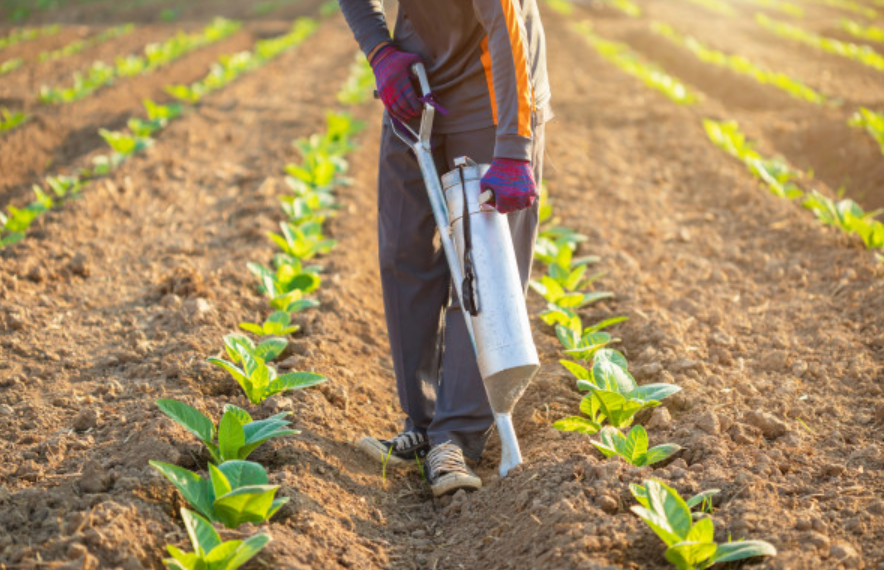
The Government has been running several schemes to increase the income of the farmers. The most popular among them is PM Kisan Samman Nidhi Yojana. Under PM-Kisan scheme, farmers are given financial help of Rs. 6000 annually in three installments. Now the central government is considering adding another scheme to it through which farmers will get added benefit of Rs 5000. This amount will be given to them as Fertilizer Subsidy. In this context, the Commission for Agriculture Costs and Price (CACP) has given some recommendations to the Central Government.
According to media reports, this subsidy will be transferred directly to farmers' bank accounts (DBT) in two installments of Rs. 2500 each. The first amount will be paid during the Kharif season while the second installment will be given during Rabi season.
CACP’s non-price suggestions are largely advisory in nature and the Government is under no compulsion to execute them. But, if the government accepts this, it can change the ongoing practice of transferring subsidy to the fertiliser companies.
According to sources, the calculation by Commission for Agriculture Costs and Price involves 2 parameters i.e. Total cumulative annual subsidy per hectare & average farm size (of 1.08 hectares).
A senior official said, “We have arrived at the amount by dividing the total cumulative annual subsidy on fertiliser by the average farm size that comes to around Rs 5,000 / annum. It does not consider average usage by farmers”.
At present, almost 70% of the purchase price of urea is subsided by the Centre. In case of non-urea fertiliser, although the rates are market linked, there is an element of subsidy in them as well. In Union Budget 2020-21, the Modi government had allocated Rs 71,309 crore towards fertiliser subsidy of which around Rs 48,000 crore (67.3%) was for urea while the remaining for non-urea fertilisers.
















